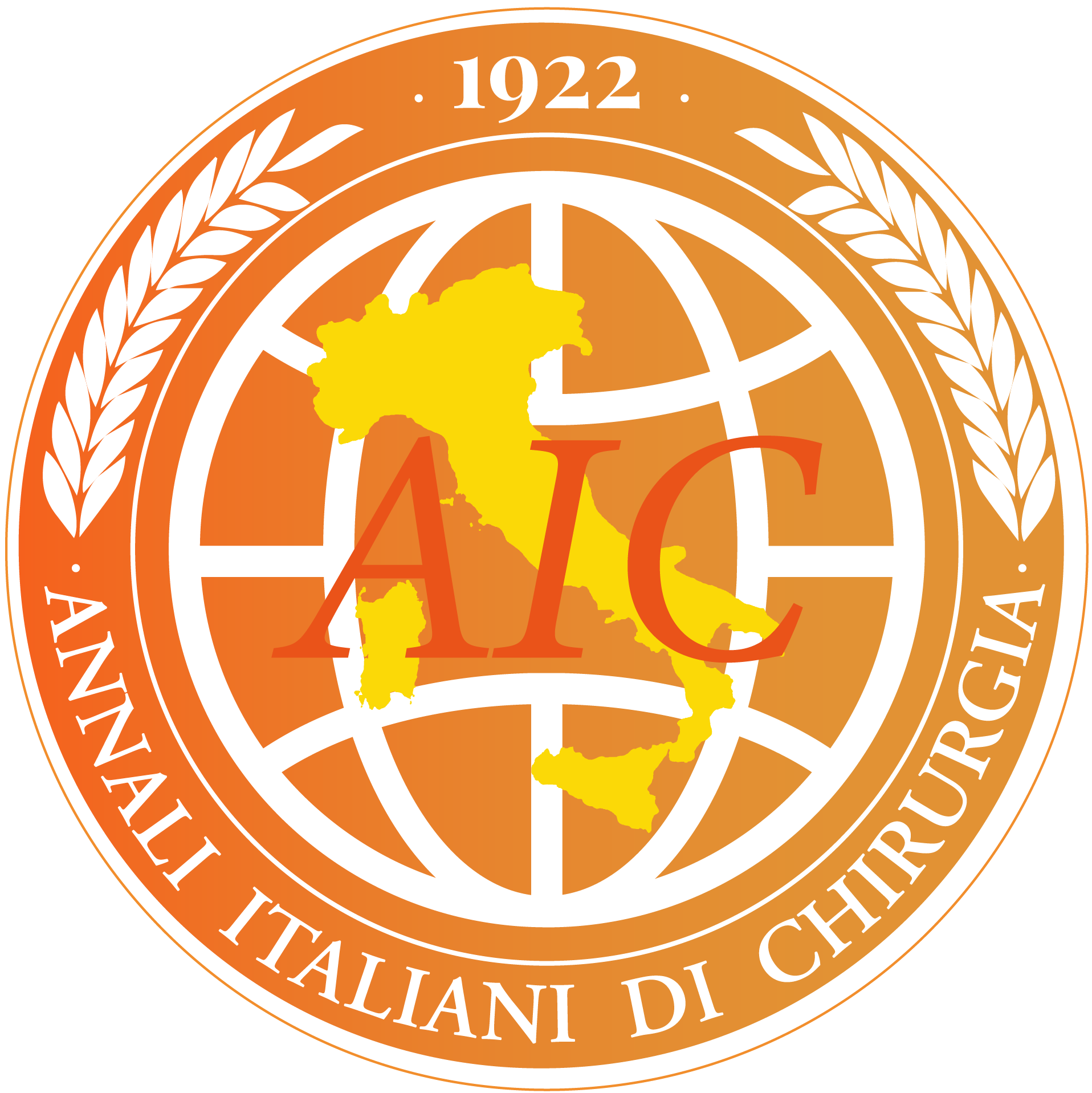1 May 2015
ArticleContralateral botulinum injections in patients with residual facial asymmetry and contralateral hyperkinesis after primary facial palsy surgery
Davina Bartoli 1Andrea Battisti 1Andrea Cassoni 1Valentina Terenzi 1Marco Monaca 1Mario Pagnoni 1Paolo Priore 1Valentino Valentini 1
Affiliations
Article Info
1 Maxillofacial Surgery Department, Policlinico Umberto I, “Sapienza” University of Rome
Ann. Ital. Chir., 2015, 86(3), 101109;
Published: 1 May 2015
Copyright © 2015 Annali Italiani di Chirurgia
This work is licensed under a Creative Commons Attribution 4.0 International License.
Abstract
AIM: In patient with facial paralysis, facial appearance and muscular ability are impaired, and the psychological integrity is affected. Botulinum toxin A may be used to improve facial symmetry in patients suffering with facial palsy reducing the progressive contralateral hyperkinesis and facial asymmetry after primary surgery for facial paralysis. MATERIAL OF STUDY: Six patients, whom have been suffering unilateral facial palsy with an House-Brackmann score grade from III to VI, were included in this study for a residual facial asymmetry and contralateral hyperkinesis after previous facial reanimation. They were treated with 50 units of botulinum toxin type A injected in muscles of the unaffected side of face to improve muscular ability and facial symmetry. RESULTS: This study demonstrated reduction in contralateral hyperkinesis and facial asymmetry that lasted approximately 120 days. All patients reported satisfactory results with the treatment. COMMENTS: Botulinum toxin type A injections improved facial asymmetry and muscular function in all patients. DISCUSSION AND COMMENTS: Botulinum toxin type A injections may be an indispensable technique as a nonsurgical treatment or as a complementary measure in postsurgical treatments and should be certainly considered for temporary or permanent asymmetries in patients who suffer from facial palsy. CONCLUSIONS: Contralateral botulinum toxin type A injection was useful in reducing muscular hyperkinesis in patients with residual facial asymmetry after primary surgery for facial palsy, improving aesthetic and functional facial recovery with not widely common adverse events.
Keywords
- Botulinum toxin type A
- Contralateral muscular hyperkinesis
- Facial palsy
article-detail-mobile

